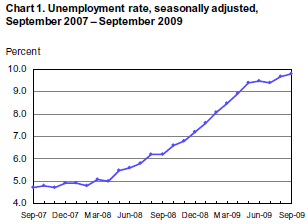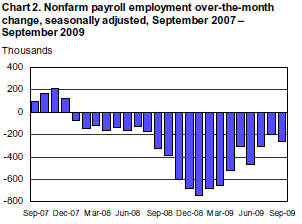We have launched The Ingenesist Project. The Innovation Economy is an absolutely huge and necessary step forward for all of us. The current financial system is unstable and it will fail. At best, the innovation economy can increase human productivity sufficiently to support the debt load. At worst, there needs to be a system of trade in place for society in the event of a crash or devaluation so that people can purchase the necessities until the recovery can take hold. So yes, this is serious business.
Anyone following this blog please spread the word. I need to get people to the point where they will read the 18 articles – after which, hopefully, their outlook on the tangibility of knowledge in social networks will be permanently altered.
My challenge, of course, is to make a very difficult subject matter easy to explain and compelling enough to call people to action. Those 18 articles condense 400 years of financial industry development and history into a few pages. Yes, the analogy between social networks and finance holds well. This is not easy to explain, but the solution to the financial mess is right under our noses. It’s almost too simple to see.
The forum has been added to solicit threaded comments to the 18 articles. This is the backbone to the open source development. I hope to build future posts on the comments that arise – a feedback loop. We will identify the sub components, partners, strategies, and action items together. Participants will pay each other in a new currency.
I will soon simplify and interpret the preferred embodiments from the patent which will illuminate the countless new-to-this-world business opportunities that will become available to entrepreneurs in this environment.
As a demonstration; vetting mechanisms make markets more efficient. Ebay has the feedback score, Craigslist has the flagging feature – this is fact. Social networks are perfectly suited to act in this manner across the entire spectrum of commerce. This is a multi-billion dollar industry that can be very easily monetized in the innovation economy. I hope that others can see this too. There is a great deal of wealth to be generated for each other.
I would like to thank all of the people who advise this program. I soon hope to invite a Board of Directors and formalize the growing concern that is The Ingenesist Project. Anyone reding this, I am an open networker on Linked in – sent me a invite and I’ll respond.
*************************************************
For immediate release:
The Ingenesist Project; Putting an End to Debt Economics
(Seattle) The Ingenesist Project is an open source economic development program that will challenge America’s financial meltdown head-on by creating an innovation economy trading rallods (dollar spelled backwards) backed by innovation instead of dollars that are backed by debt.
“Deficit spending is unsustainable. When the dollar crashes, People will need an alternate economy to trade in – one whose currency is backed by something tangible; and there is there is nothing more tangible than the human imagination, including gold”, says originator, Dan Robles. “Capitalism likes competition; well today, Social Networks are the ultimate competitor”
The Ingenesist Project has identified three relatively simple web applications which, when applied to Social Networks, will allow human intellect, social capital, and creativity to become tangible outside the construct of Wall Street and Corporations.
By definition, the rallod is pegged to the national debt, as such, The Ingenesist Project has 10 trillion rallods (and counting) to distribute. Participants in the Ingenesist Project Development Forum will award these rallods to each other on a reputation scale for their work in design, development, and improvement of the three web application that will release society from the shackles of debt economics.
The forum is open to anyone and participants can earn millions of rallods for their work in developing these applications.
The New ‘Stock’ Market
The Ingenesist Project has a patent pending for an Innovation Banking System to finance social innovation and will release all rights to the public domain.
“This is one of the most important patents applications published in our time. Countless ‘new-to-the-world’ business plans and patentable methods, systems, and devices will result from the The Ingenesist Project”, says Robles “Everything changes from the University System to the prioritization of global resources. Wall Street will be come the steward instead of the master”
Entrepreneurs are encouraged to patent, protect, or contain all intellectual property that they develop in the new economy and become as wealthy as they possibly can under the condition that they pay royalties, equity, or options to their knowledge inventory.
The entrepreneur’s “Secret-Sauce”, however, must be shared with The Ingenesist Project in order to improve the Percentile Search Engine Algorithm for the benefit of the public domain.
The Rallod
The U.S. National Debt is over 10 trillion dollars. Assuming deficit spending stops today, every man, woman, and child in the US is responsible for $33,500.00.
This means that $33,500.00 of every person’s productivity has already been spent. Obviously, the only way to pay the debt is to increase every person’s productivity by exactly $33,500.00.
The only sustainably way to increase human productivity is innovation. If the dollars crashes and pegs to the Rallod – the innovation economy will replace the debt economy and those who build it will become the bankers of tomorrow.
More Information:
Please review www.Ingenesist.com



